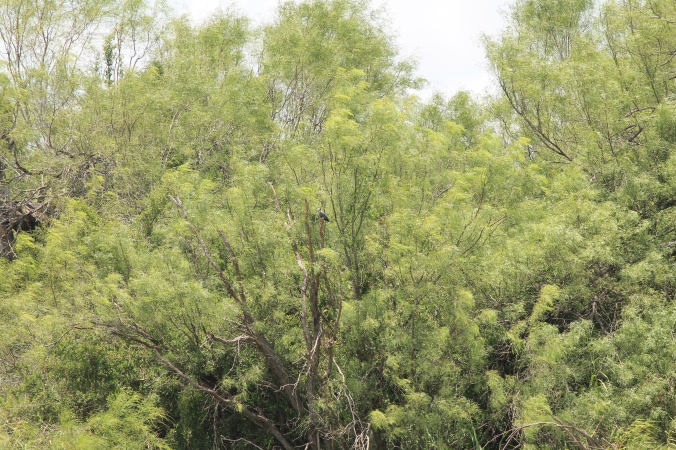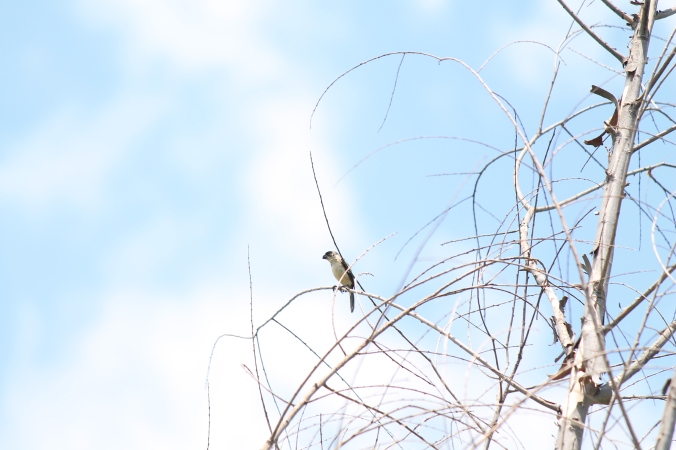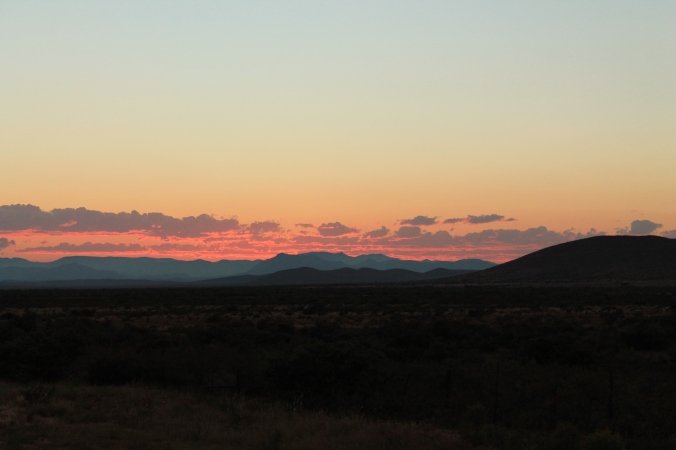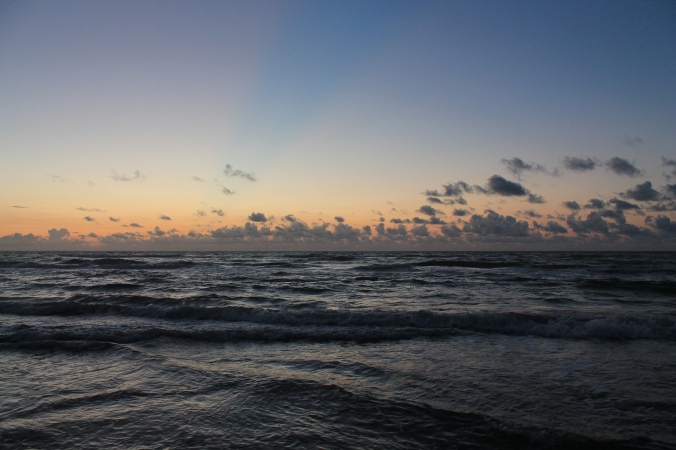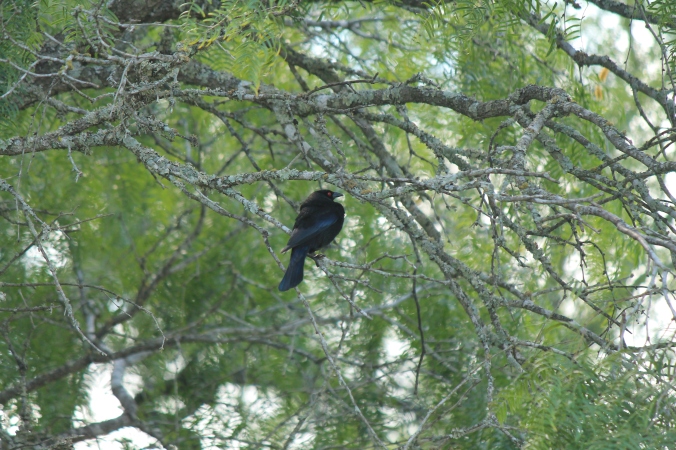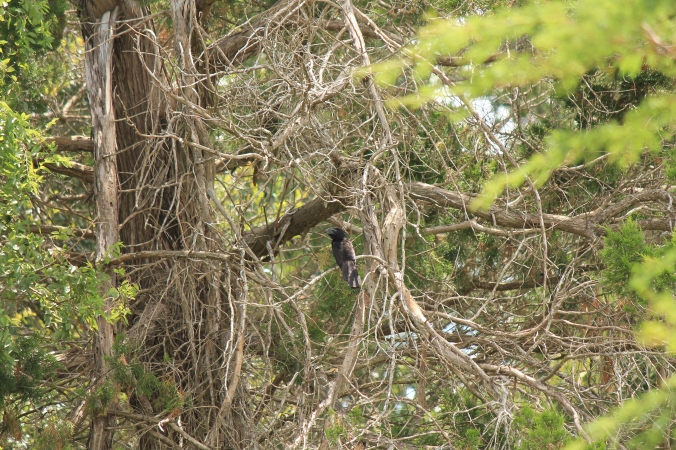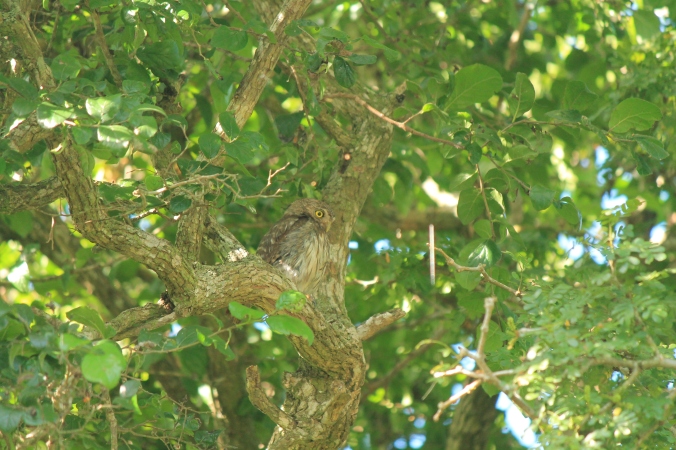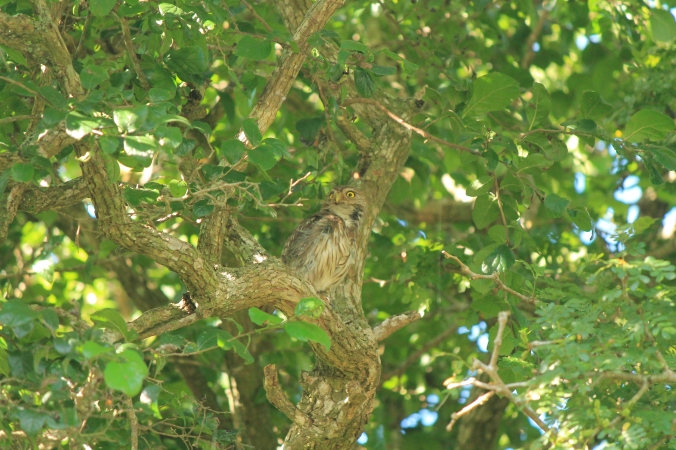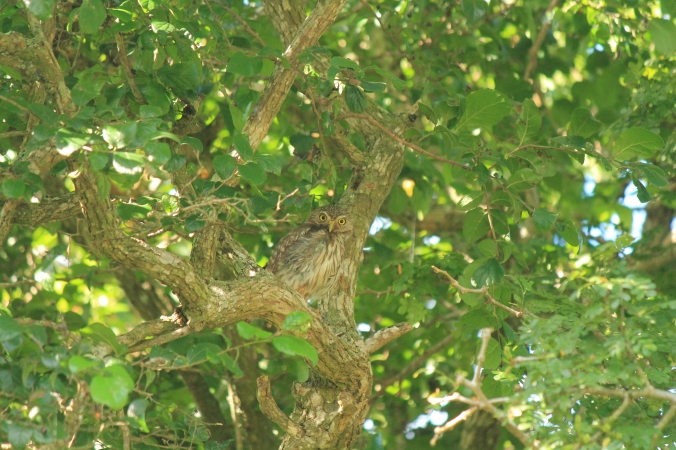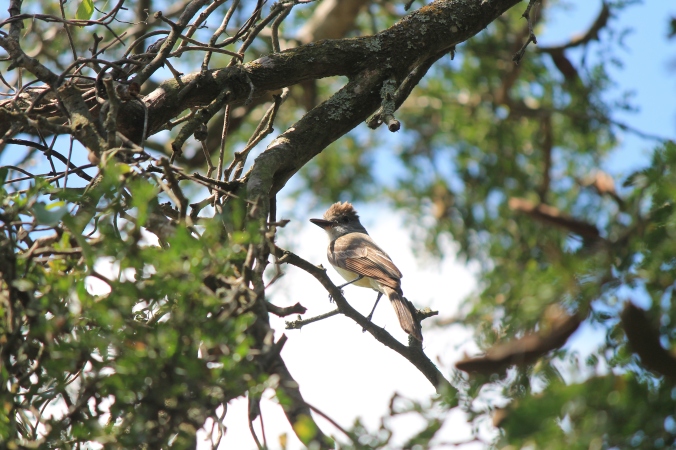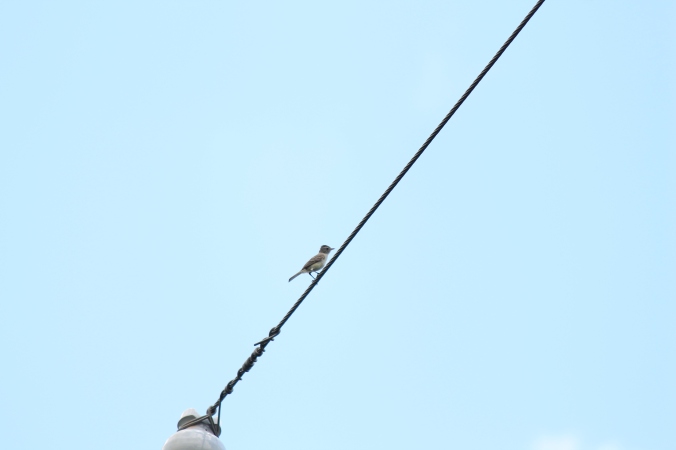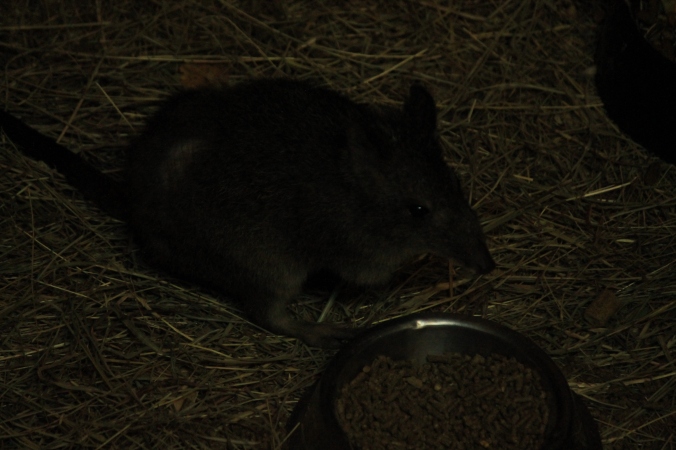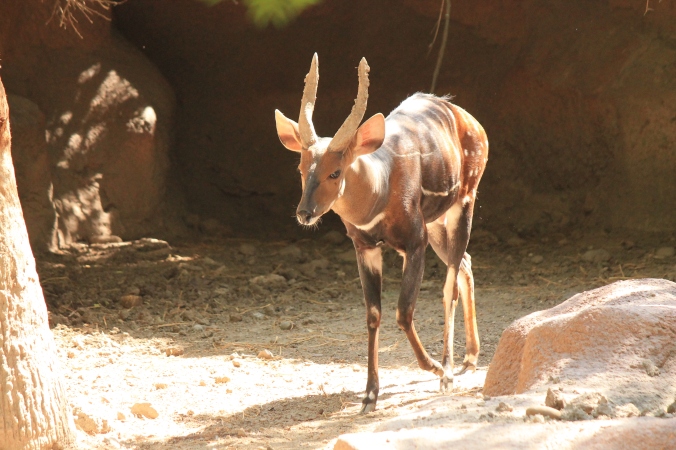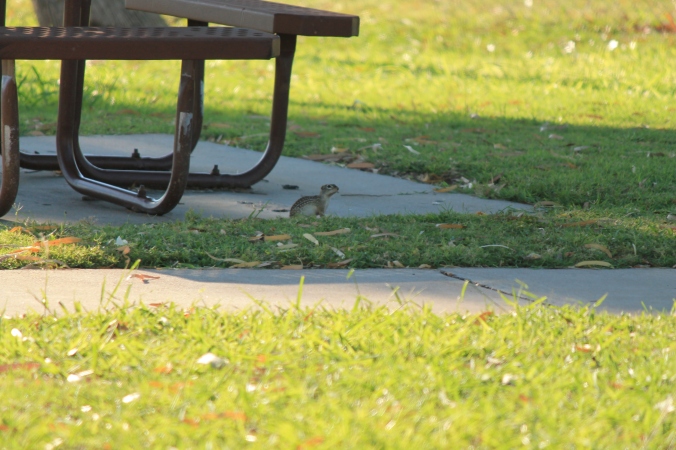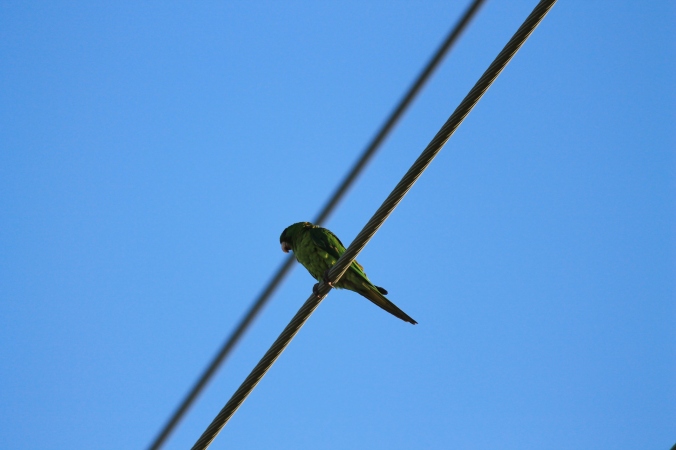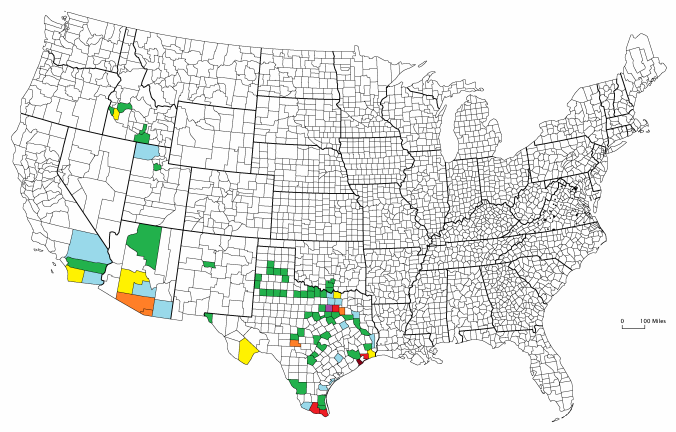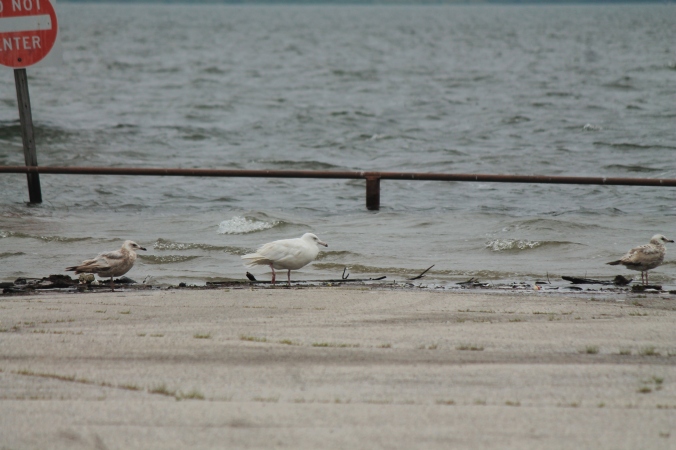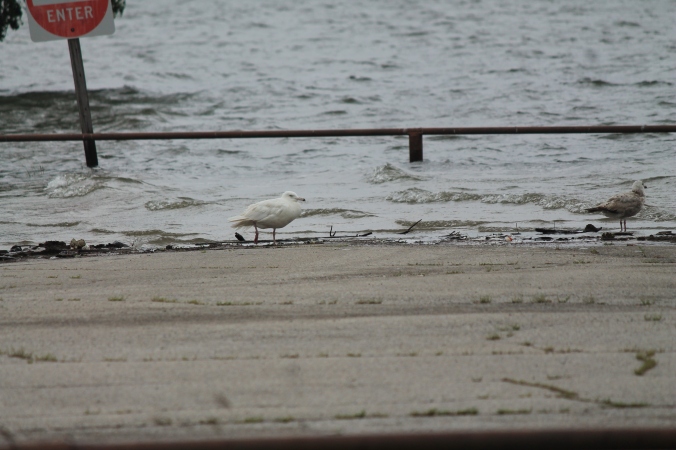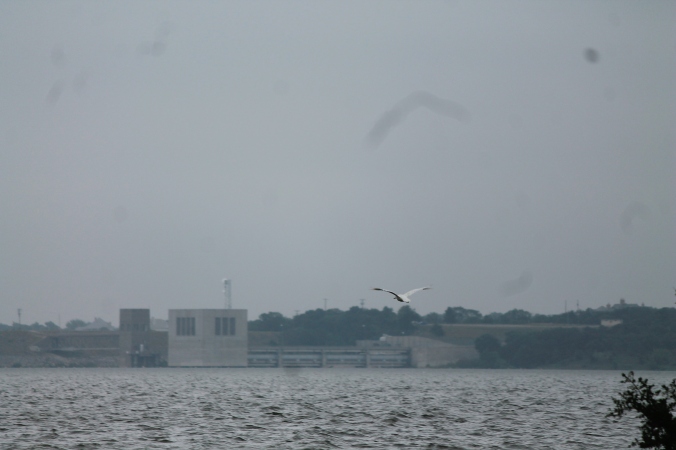June 12, 2015
What a difference a night with no assholes makes. I slept fairly well. My noise-canceling earbuds helped to keep out the sound of the crashing waves.
I saw a report the night before that a Yellow-Green Vireo had been spotted recently at Sabal Palm Audubon center, so I decided to head out to the jungle. In Texas, Sabal Palm is about as close to a jungle environment as you can get. Walking along the paths, I can imagine myself in Central or South America. Alas, I don’t find the vireo, but I’m not too bummed. It wasn’t a planned bird anyway.
The rest of the day consists of a long haul drive out to Big Bend National Park. I’ll be traveling along the Rio Grande the whole time. I have a few stops planned to pick up just a few more birds.
Stop one is Salineno. I’ve birded here before in the winter and spring, but never summer. The spot is never birded much in the summer. It used to be a reliable spot for Brown Jays, but they haven’t been seen in some time. Maybe a summer trip will be productive (it wasn’t). I am able to pick up a Ringed Kingfisher and Gray Hawk.
#355 – Gray Hawk
#356 – Ringed Kingfisher
Next stop is a little down the road in San Ygnacio. This seems to be the best reliable spot in the US for the White-Collared Seedeater. I find the birding place, get out, and the very first bird I see is a Seedeater. So much for being hard to find. I walk around for a bit on the chance that a Red-Billed Pigeon shows up (known to be in the area), but none does show up.
#357 – White-Collared Seedeater
The rest of the day is a long-ass drive to Big Bend. What I find fascinating is to watch how the terrain and habitat changes as I go along my drive. I start the morning at the coast, then head to the jungle, then to the Tamaulipas brushlands, and as I head north, I get to a drier habitat, and then about an hour out of Laredo, the habitat suddenly becomes lush and verdant again. I’m now in a riparian zone. I finally hit the Chihuahua Desert outskirts close to Del Rio. The drive from Del Rio to Marathon is one of the most breathtaking drives I’ve ever made. I had no idea this place even existed. Neither does anyone else. The road was mostly empty. As I drove in the no-man’s-land, a violent thunderstorm started brewing. The lightening against the dry, rocky landscape was a thing of awe and beauty. The storm passed, and I drove into the sunset. It glowed red and fiery orange. I saw the world burn away behind the mountains. And night slowly fell in west Texas. I still had a way to go. The Lesser Nighthawks started swooping about as the last light of the sun dissipated.
I reached the park about 10 that night. Big Bend is nothing if not big. It was more than 30 miles from the park entrance to the campground at the Chisos Basin. I had one more surprise as I drove in. A large night bird swooped down in front of me. My first thought was it was a Great Horned Owl, but something seemed off. There were distinct with patches on the tip of the either side of the tail. I checked my guide book. No owl has this marking. Only one bird fits the description, a Mexican Whip-poor-will. Lifer!
#358 – Mexican Whip-poor-will (lifer 474)
I get in to camp about 10:30, set up as quickly as I can, and fall asleep under a sky bright with stars.
